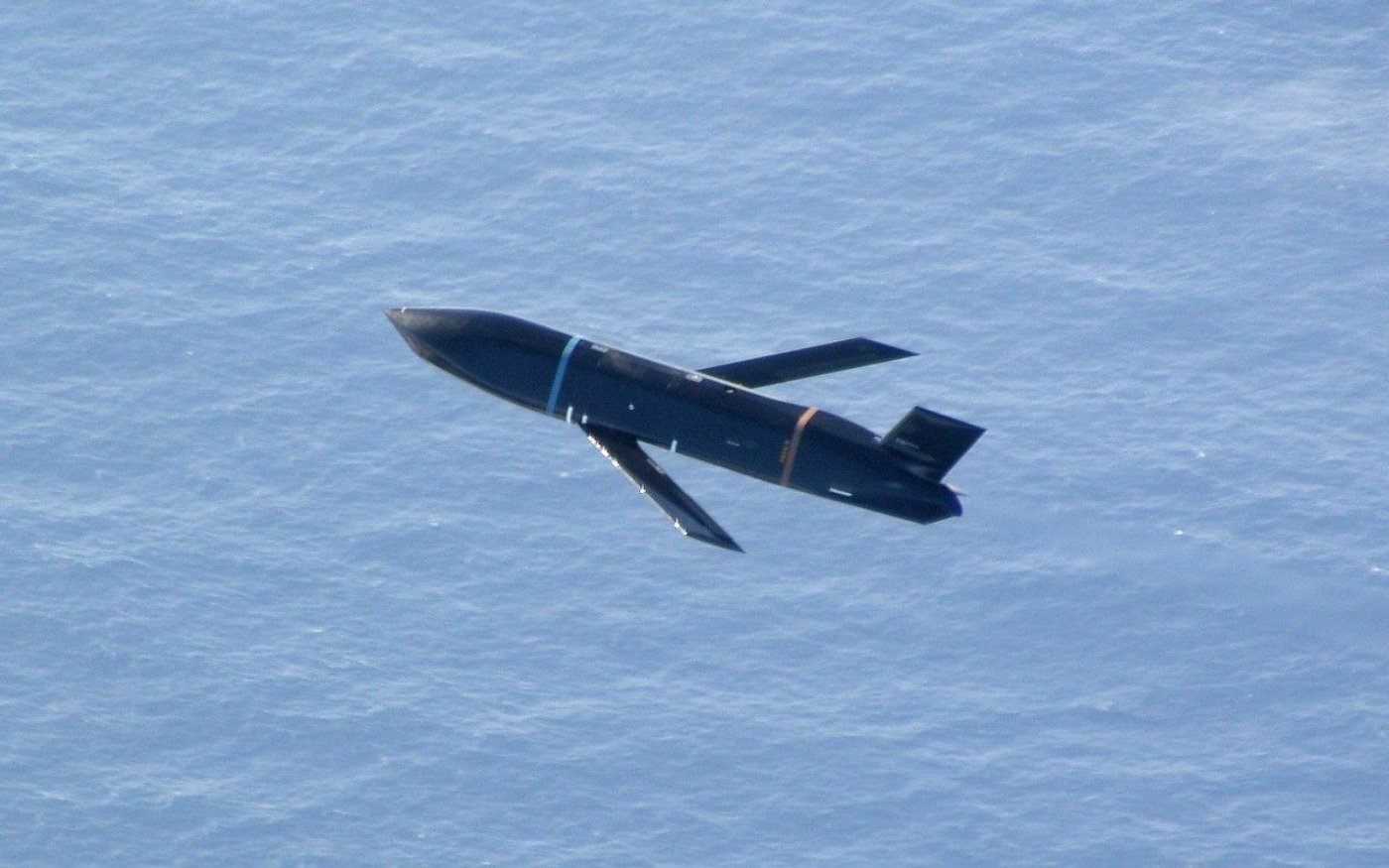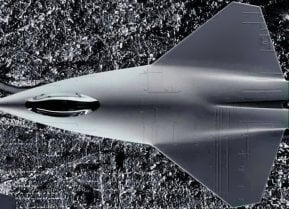Lockheed Martin’s New AGM-158 Extreme Range Is a 'Deep Strike Weapon'
Lockheed Martin has unveiled the AGM-158 Extreme Range (XR) variant of the Joint Air-to-Surface Standoff Missile (JASSM) at the Air, Space & Cyber 2024 conference. The XR variant is designed for the U.S. Air Force and Navy, offering a deep strike capability with a range of up to 1,000 miles.
Summary and 3 Key Points You Need to Know: Lockheed Martin has unveiled the AGM-158 Extreme Range (XR) variant of the Joint Air-to-Surface Standoff Missile (JASSM) at the Air, Space & Cyber 2024 conference. The XR variant is designed for the U.S. Air Force and Navy, offering a deep strike capability with a range of up to 1,000 miles.
-This extended range is achieved through a larger fuselage that holds more fuel, enhancing flexibility and survivability for its launch platforms, including fighter jets, bombers, and potentially cargo aircraft. The missile retains the low-observable design of its predecessors but incorporates modularity and digital components for adaptable mission planning.
-Currently equipped with a 1,000-pound warhead, the XR's design allows for future modifications, including a smaller warhead for extended range. This new capability will enable faster sortie generation, boosting the operational tempo and providing increased strategic options for military operations.
AGM-158 Extreme Range: The U.S. Military’s New Long-Range Strike Weapon
Details are emerging on Lockheed Martin’s new AGM-158 Extreme Range (XR) variant of the Joint Air-to-Surface Standoff Missile (JASSM). The JASSM offers the U.S. Air Force and Navy a deep strike option, while the Long-Range Anti-Ship Missile (LRASM), a JASSM variant, offers both services a reliable ship-targeting munition. The XR variant has been in development for a while, but only recently have images and specifics of the new weapon been offered.
The AGM-158 XR was unveiled at the Air, Space & Cyber 2024 conference, the Air Force Association’s biggest event of the year, where new products are often unveiled. Painted black, the XR features the trapezoidal cross section and low-observable shaping consistent with the JASSM family. But, as you might expect, the XR-variant is much larger. The reason is obvious: To provide increased range, the XR must carry more fuel. Accordingly, the fuselage is expanded relative to existing JASSM models.
“The 158 XR really is a story of innovation and anticipating the needs of warfighters,” said John Hill, Lockheed Martin’s general manager for air dominance and strike weapons. “It leverages an existing production line, production processes… What [158 XR] really does is it stretches the existing JASSM and LRASM family, that outer mold line, to give us more fuel, essentially, and that buys us the range that we need and that the warfighters need.”
Hill emphasized that the AGM-158 XR uses modularity and digital components. “We’re leveraging the existing missions planning structure along with the existing software architecture,” Hill said. “So for me, being part of a production line where you can incorporate changes that the warfighters ask for in stride is a pretty powerful thing.”
How Far Is XR?
The XR variant is expected to have a 1,000 mile range – comparable to the venerable Tomahawk missile. The extended range will enhance “the weapon’s flexibility and unpredictability, while providing drastically increased survivability for its launch platforms,” The War Zone reported. The XR is expected to be launched from fighter jets and bomber aircraft, of course, and it could one day be deployed from cargo aircraft. A ground-launched variant could be developed in the future.

At the moment, the XR is configured with a 1,000-pound warhead. But the warhead size could be reduced, allowing the XR to carry more fuel and deploy from a further range.
Michael Rothstein, Lockheed’s vice president of air weapons and sensors, explained the benefits of XR’s increased range.
“As you were dropping things at increased standoff range, instead of having to drive in farther to the release point, you’re now going back to refuel, rearm, and turn your next sortie,” Rothstein said. “So it helps build operational tempo for the warfighter, because now they can generate more sorties in a day, put more mass across the target if they need to do that with other weapons, or other XR’s, or whatever it may be.”
About the Author: Harrison Kass
Harrison Kass is a defense and national security writer with over 1,000 total pieces on issues involving global affairs. An attorney, pilot, guitarist, and minor pro hockey player, Harrison joined the US Air Force as a Pilot Trainee but was medically discharged. Harrison holds a BA from Lake Forest College, a JD from the University of Oregon, and an MA from New York University. Harrison listens to Dokken.
Image Credit: Creative Commons/Industry Handout.


